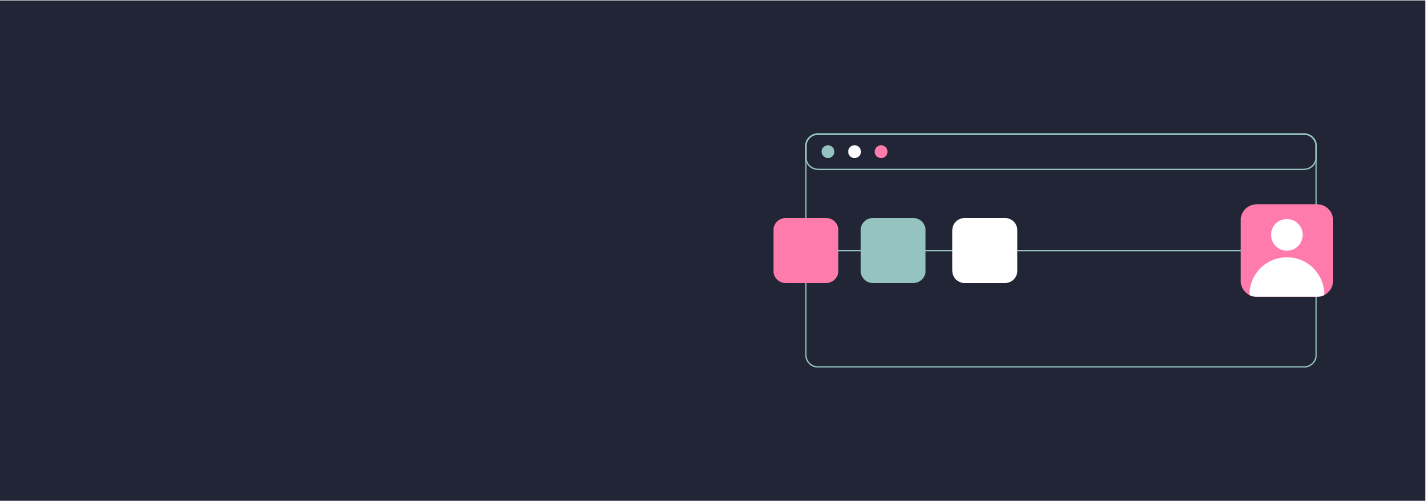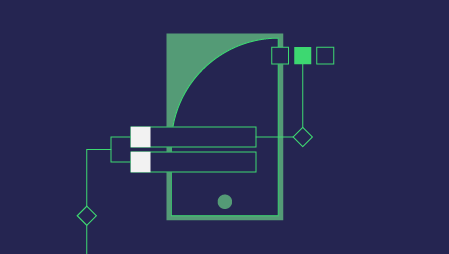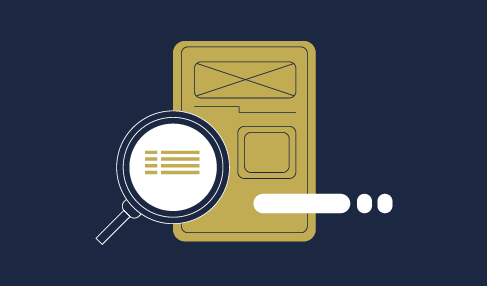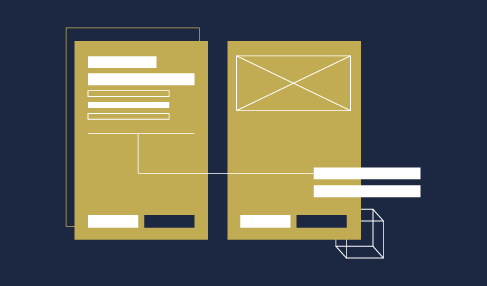For every search term, a user has thousands of Web Design options. How many of the websites representing a niche get frequent footfall of a portion of their visitors?
To put it more straightforwardly, how much of the traffic that a website regularly gets is loyal users?
This is a crucial self-reflection as the loyal users happen to be the backbone of a brand.
Creating loyal users or establishing lasting relationships with users is a value-driven effort. Only when the value propositions of your website prove to be irreplaceable for the needs and preferences of certain users do they attach to your brand closely, visit frequently, interact often, and transact every once in a while.
Now, if you think creating value to establish strong connections with users only depends upon the content or the product offerings or any real-world benefits, you are wrong. Despite offering all these, your website can fail to achieve enough traction simply because of a design that is not sufficiently user-centric. This is why when you create a well-structured website, maintaining a user-centric approach is of utmost significance.
Let us provide here some of the most credible web design tactics to develop a lasting relationship with the users.
Reduce Cognitive Load for Speedy Loading
Slow loading time happens to be the biggest factor for driving away visitors from a website. So, the primary aspect that you need to focus on is speeding up the loading time. It has been found that more than 2 to 3 seconds of loading time delay can make half of the visitors bounce to other Web Design options.
Optimising the page loading time is not rocket science, and by taking simple steps, you can easily make your website load fast. The obvious first step is to reduce the cognitive load and visual clutter that creates distractions, consumes a lot of bandwidth, and makes a negative impact on the loading speed.
Let’s take a quick look at some tried and tested tips to pace up website loading speed.
- Reduce the image sizes and use appropriate image formats that load faster without undermining graphic quality and to have an efficient Web Design.
- Drop the unnecessary plugins that are not in use. Keep a limited number of plugins catering to the most important needs.
- Use a code compression tool to minimise the website code.
- Make sure your website architecture is not complex and unnecessarily pulls downloading time.
- Use a CDN service that caters to all regions where your audience is located.
- Use a quality hosting service with a reputation for faster response time and optimum bandwidth.
Come Up with a Humane Design
The look and feel of the website makes the first impression on your users, and the best way to connect emotionally with your users is to design the website humanely. Instead of making a website that feels like a machine, it should come with human communication.
Humane design refers to some characteristics such as ease of use, intuitive navigation, effortless controls, easy commands and smooth interactions, consistent and easy to understand design cues, an instantly engaging interface, a coherent colour scheme and typeface, a smooth layout with a lot of breathing space, etc.
The site must provide clickable links and buttons that allow easy interactions. The buttons should stand out from the surroundings visually, and they should allow easy finger taps on the screen. You should always offer a clue about where your user is located through some visual clues. There should also be consistency in design throughout the website to ensure an easy understanding of the interface.
Lastly, humane design should also focus on the readability of the content. The content should be structured well enough, with relevant breaks, stylish typefaces for showcasing important parts, bullet points, subheads, and graphics. Website content must ensure at-a-glance readability for smooth traction.
Targeting a Niche Audience
Any leading website connects a niche audience that easily resonates with the brand message. If you have carried out extensive audience research and built the user persona, you already know about your target audience. Once you are running well and catering to this target audience, you can further concentrate on the key search terms and search phrases that best resonate with your traffic and perfectly match your content trajectory. You can use robust keyword research tools such as Ubersuggest for this purpose.
Once you shape the website for your target audience, you further need to close in by targeting the niche requirements of a particular audience. You need to incorporate certain design tweaks for this audience. For example, you can incorporate finance-specific tabs and certain links to budget hostels on the website. Similarly, a website targeting an audience for a romantic travel gateway will boast of a befitting look and feel, with visuals of beeches and leisure travel attributes.
The key thing is to give the audience an instant and immediate feel of what the website is all about. As soon as the users land on a website, they should have a clear understanding of what the website is all about. This is exactly why genetic web design tends to be less effective in grabbing user attention and engaging the audience. Whether with website content or with features and functionalities, you need to shape the look and feel of your website design and target a particular niche. It is also important for the designer to stay tuned to the latest design trends of that particular niche.
Customised and interactive user experience
Websites come into user focus and drive engagement by depending pretty much on relevant content that is useful for their respective audience. But, content creation alone is not enough to stay competitively ahead of other websites representing the same niche. You also need to customise the user experience and facilitate more meaningful user interactions. Through such interactive content, a website can establish a connection with its target audience quickly.
For example, a travel website can begin interacting with the audience via a travel quiz, and accordingly, it can suggest content that is more meaningful to their preferences. It is increasingly becoming a common practice to understand the audience’s preferences and intent through interactions before showcasing the content that they are likely to find helpful.
Such customisation and interactive content also make users feel that you care for their needs and preferences. This is also one important way to make users feel in complete control when using a website or application. While the quiz is a great way to engage an audience and facilitate meaningful interactions, you can also invite users to give opinions, encourage them to post their user-generated content, and make recommendations to other users. To help users spread the message, you should also offer all the social share options.
Ensure Optimum Security and Transparency
Lastly, it is important to create a design layout that establishes customer trust by invoking a sense of transparency and security. This may involve different practices for websites of different niches.
In the case of transaction-savvy e-commerce websites, the design page layouts should showcase website security features, such as security badges and the store’s security policies. In the case of corporate websites or a development company’s website, you can boast of credibility by creating a well-articulated Team Page. This will give your website and brand a human feel.
Some companies that can be used to establish the credibility of the brand can also create a Process Page describing the unique or highly regarded processes followed by the company. Some businesses also prefer creating a separate page showcasing the Brand Story and some companies prefer social media to drive traffic to your online brand.
Conclusion
Since hundreds of millions of websites representing all niches and categories under the sun compete with each other for a standout brand presence, carving a space for your website, marked by a robust loyal audience, is not easy. However, in order to meet such a challenge, the above-mentioned measures and tips can be highly useful.





